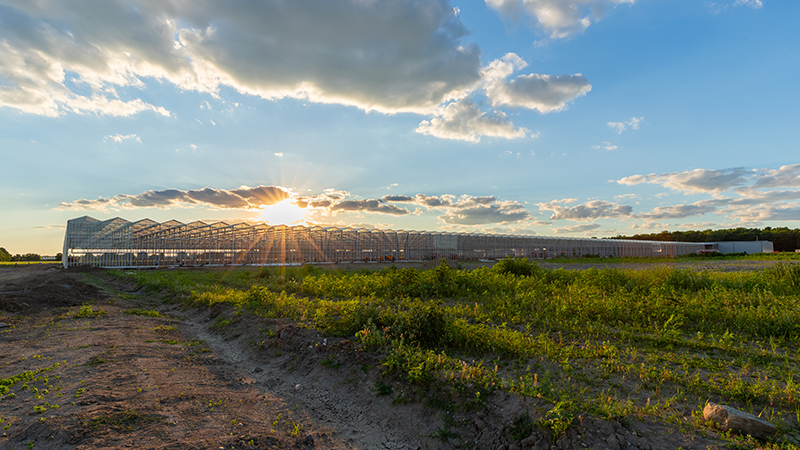Economic Growth Will Fuel Garden Demand [2015 State Of The Industry]
 The aphorism “a rising tide lifts all boats” is associated with the idea that improvements in the general economy will benefit all participants in that economy. The lawn and garden sector is no exception. However, we also know that garden center trends are dependent on a number of influences including seasonality, weather, competition from mass merchandisers and home centers, consumer spending patterns and region.
The aphorism “a rising tide lifts all boats” is associated with the idea that improvements in the general economy will benefit all participants in that economy. The lawn and garden sector is no exception. However, we also know that garden center trends are dependent on a number of influences including seasonality, weather, competition from mass merchandisers and home centers, consumer spending patterns and region.
The demand in the U.S. for lawn and garden plants and supplies is also regional and highly dependent on climate and growing conditions, as evidenced when snowy conditions in the northern half of the U.S. this year (and last year) delayed the spring gardening and landscaping season. But conversations with several retailers all across the country this year indicate that many have had strong monthly sales since spring started.
Another bit of good news is that this trend is anticipated to continue, with personal consumption expenditures of bedding plants, seeds and potted plants (a major driver for garden centers) forecast to grow at an annual compounded rate of 5 percent between now and 2017, according to data from First Research, a provider of green industry intelligence. Demand for decorative outdoor hard goods products, such as lighting, pavers and fountains, will also achieve double-digit growth now through 2015, according to the Freedonia Group, another leading research firm.
The bedding plant category has had an easier market in which to compete, as households have tended to downsize their plant purchases in an attempt to maximize their purchasing power (for example, smaller but more numerous plants at lower price points). The only plant categories that experienced increases in the number of households buying them during this time were in the edibles category. However, given the trends mentioned earlier, it is likely that all green industry products and services will be facing an increase in demand in the next few years.
As the housing industry continues to rebound and the economy improves, consumers will unleash pent-up demand for landscaping renovations. Speaking of housing, we are projected to see about 1.1 to 1.2 million starts this year, still shy of normal demand of about 1.5 million units. But the housing market (to which the green industry is strongly correlated) is improving, albeit at a glacial pace. This is actually a good thing, because growth too fast in any market is a recipe for another bubble that would have to burst somewhere down the road.
I still have reason to believe that the most successful firms in 2015 will be those that are well-positioned with their customers in the marketplace, not overleveraged and clearly articulating their value proposition.
Three Ways For Retailers To Succeed In A Changing Economy
1. Be prepared for change. The green industry in the next decade will not look the same as the last decade. We will likely see continued structural changes across the industry supply chain as we morph into the more compact and efficient industry of the next decade.
2. Emphasize function as well as beauty. It is more critical than ever to convey value and relevancy in an authentic manner to end consumers. Emphasizing the functional benefits of plants is every bit as important to up-and-coming consumers as enhancing aesthetics.
3. Focus on brand, inventory and marketing. The new key success factors of the future include better brand management, more detailed SKU movement and replenishment analysis and the assimilation of innovative marketing technologies (social media and otherwise).









